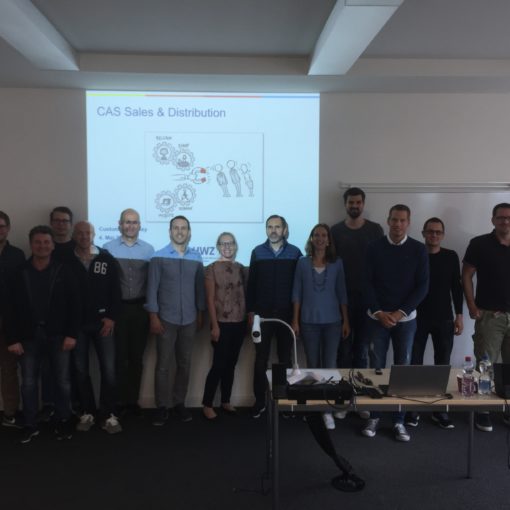Customer valuation best practice is a critical discipline that enables companies to identify and prioritize their most valuable customers, ensuring that scarce resources are allocated effectively to maximize mutual value creation. At WATC Consulting AG, we emphasize that true customer centricity means focusing not on every customer, but on those who generate the greatest long-term value. By mastering sophisticated valuation techniques and integrating them into customer-centric strategies, organizations can drive sustainable growth and deepen profitable customer relationships.
WHY CUSTOMER VALUATION MATTERS
Customer centricity and customer valuation go hand in hand. Being customer-centric does not mean treating all customers equally; it means understanding which customers are most valuable today and have the potential to become even more valuable in the future. This focus enables companies to create mutual value; i.e., higher net benefits for both customers and the organization itself.
KEY REQUIREMENTS FOR CUSTOMER VALUATION BEST PRACTICE
- Data-Driven Approach
Developing a customer-centric organization relies heavily on quantitative analysis. Collecting the right data about customer behavior, preferences, and profitability is essential. This data must be stored and managed in powerful systems that enable ongoing analysis. - Sophisticated Valuation Techniques
Companies must understand various customer valuation methods – from customer profitability assessments and Customer Lifetime Value (CLV) calculations to multi-dimensional scoring models and customer portfolio analyses – to choose the one or two that suit their organization best. The most relevant techniques help quantify both monetary and non-monetary customer value. - Strategic Resource Allocation
Valuation insights guide decision-makers in allocating sales, marketing, and service resources to customer segments or individuals with the highest potential return. This ensures investments are targeted for maximum impact rather than spread thinly across all customers.
INTEGRATING CUSTOMER VALUATION INTO CUSTOMER CENTRICITY
Leading organizations use customer valuation as a foundation for customer-centric strategies. By identifying valuable customers early, companies can tailor experiences, personalize communications, and foster loyalty that drives long-term profitability. This approach also aligns marketing and sales efforts with financial outcomes, encouraging leaders to think like CFOs and focus on value creation over volume.




